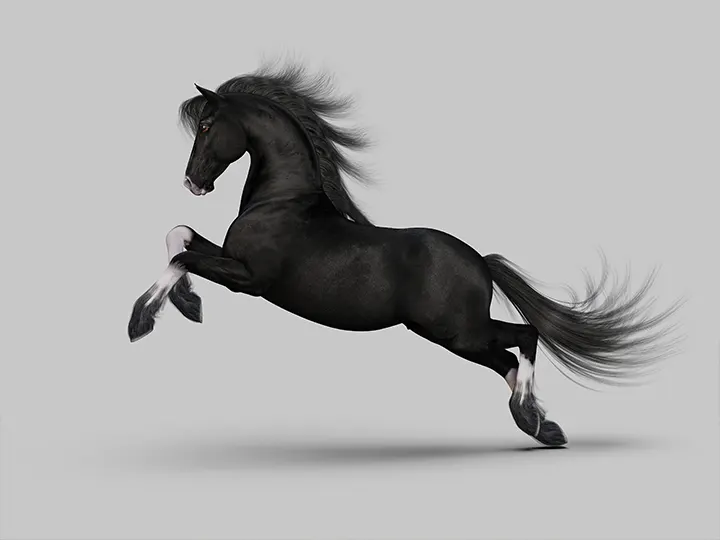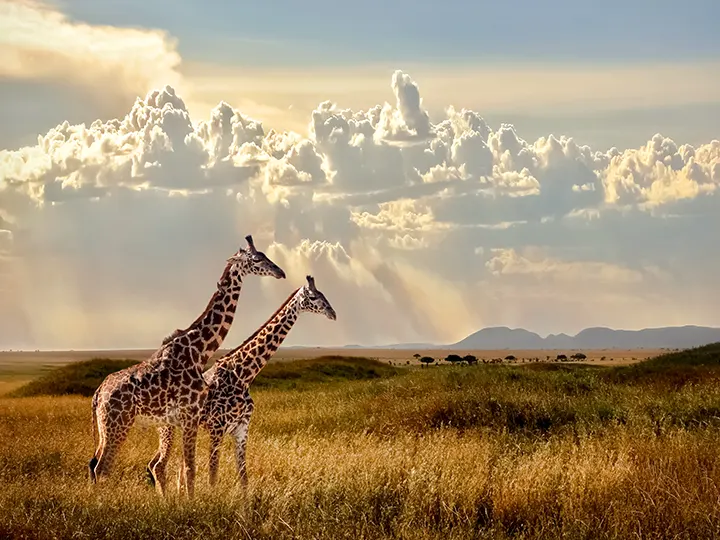
Why do animals have tails? What does the tail do?
You should probably know that almost all animals have tails. But why do animals have tails?
Scientists say that even many animals from hundreds of millions of years ago had tails. At that time, the first fish used their fan-like tails as fins to swim in the oceans and escape predators.
All animal species, from reptiles, insects, birds or mammals, use their tails for a wide variety of purposes. Modern animals use their tails for everything from balance to communication to finding mates.
Balance and mobility aid
Scientists believe that dinosaurs, including Tyrannosaurus rex, wagged their tails to balance their heavy heads and bodies when walking on two legs. This movement also allowed them to run fast enough to catch their prey.
Similarly, modern-day kangaroos use their tails for balance when leaping in open ground. But they don't just use it as a counterweight to their weight - the kangaroo tail also serves as a powerful third leg that can help propel them through the air.
Climbing cats and other animals often have bushy or long tails that help them balance, like a tightrope walker holding a long pole.
Monkeys use their long tails for balance as they swing among the tree branches in the forest. Many have prehensile tails that act like hands and allow them to grasp tree branches. These tails are so strong that they can keep the animal afloat even while eating fruit and leaves.
Defense mechanism
The tails of some animals have turned into weapons for them. For example, stingrays have a pintail that they can use as a defense when a predator attacks them.
Venomous rattlesnakes have dry leather buttons on their tails that form a racket when shaken. This warns the rattlesnake that it is ready to attack any animal that may threaten it.
Many insects also have tails, but they evolved separately from other vertebrate animals such as fish and mammals. Most beetles use their tails to lay eggs or to sting and paralyze hosts or prey. In some animals, such as wasps, their tails can do both, as some parasitic wasps will lay their eggs inside a host.
Grazing animals such as the North American bison and African antelope and giraffe have long hairy tails that they use to repel mosquitoes and other insects that may bother them. Cows and horses also have this type of tail.

Communication Assistant
Birds use their feathered tails both to balance while sitting on a tree branch and to reduce steering and drag while flying. Some birds also use their tails as a mating indicator.
This visual phenomenon is most noticeable in species such as turkeys and peacocks: Male turkeys and peacocks open their colorful tail feathers to attract female mates.
Animals that live and hunt in groups or herds, such as wolves, use a variety of tail positions to indicate their rank.
Dogs descended from wolves also use their tails for communication. You've probably seen dogs wag their tails when they're excited.
